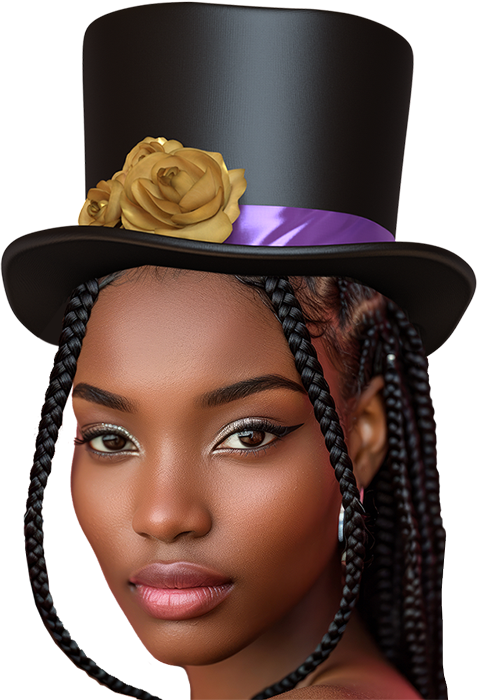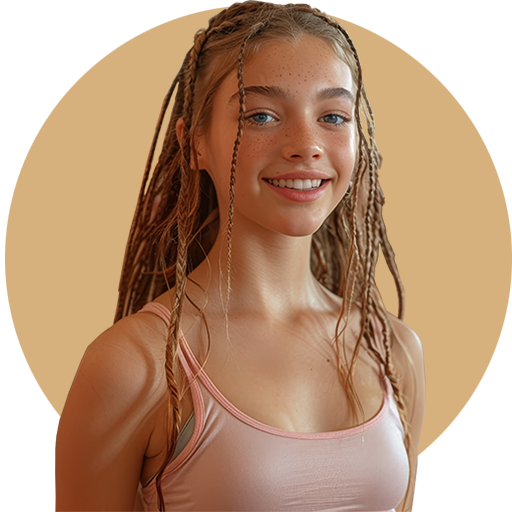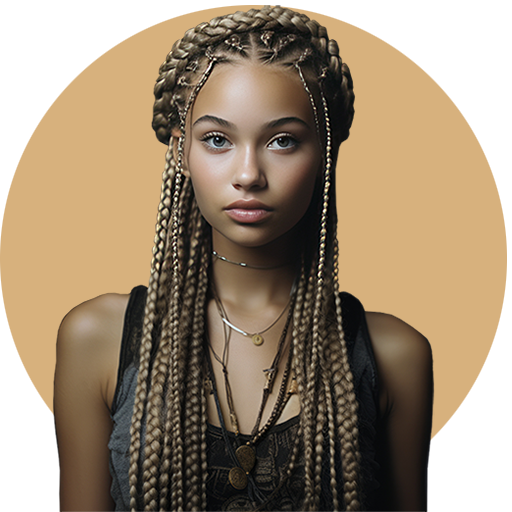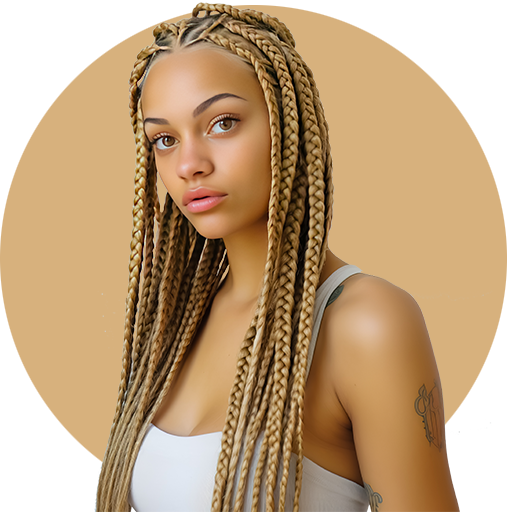Fulani braids, also known as “décor” or “cornrows,” have a rich history that dates back thousands of years. The braids originated in West Africa, specifically among the Fulani people, a nomadic ethnic group that is widely distributed across the Sahel region of Africa.
The Fulani people are known for their expertise in braiding, which is an integral part of their cultural heritage. The art of braiding has been passed down from generation to generation, and it is an important part of Fulani identity and tradition.
In the past, Fulani braids were not just a form of self-expression, but also served as a means of communication and storytelling. The braids were often used to convey messages, express social status, and even identify members of different clans or tribes.
Fulani braids have been documented in various forms of African art and literature throughout history. For example, in the 16th-century manuscript “The History of the Ghana Empire” by Mauro, Fulani braids are depicted as a symbol of beauty and elegance.
In the 18th century, European travelers and colonizers wrote about the Fulani people’s elaborate braids, describing them as a “unique and striking” feature of Fulani culture. One such traveler, Captain Hugh Clapperton, wrote in his 1820 book “Journal of a Second Expedition into the Interior of Africa” that the Fulani people’s braids were “one of the most striking features of their appearance.”
In modern times, Fulani braids have gained popularity globally, particularly among African diaspora communities. The braids have become a symbol of African pride and identity, and many people around the world wear them as a way to connect with their African heritage.
Today, Fulani braids are worn for both practical and aesthetic purposes. They are often used to protect hair from damage caused by heat styling tools, chemicals, and other environmental factors. Additionally, they are a popular choice for special occasions such as weddings and cultural events.
In recent years, Fulani braids have gained recognition in the fashion industry, with many designers incorporating African-inspired hairstyles into their collections. In 2019, a famous music artist released a line of hair care products specifically designed for braided hairstyles, including Fulani braids.
In conclusion, Fulani braids have a rich history that dates back thousands of years. They are an integral part of Fulani culture and identity, and have played an important role in communicating messages, expressing social status, and identifying members of different clans or tribes. Today, Fulani braids are worn globally as a symbol of African pride and identity, and are gaining recognition in the fashion industry.







